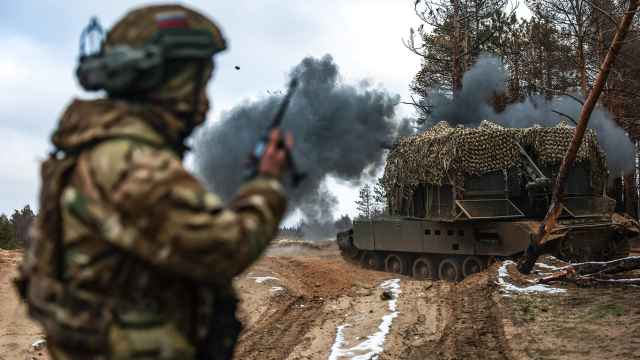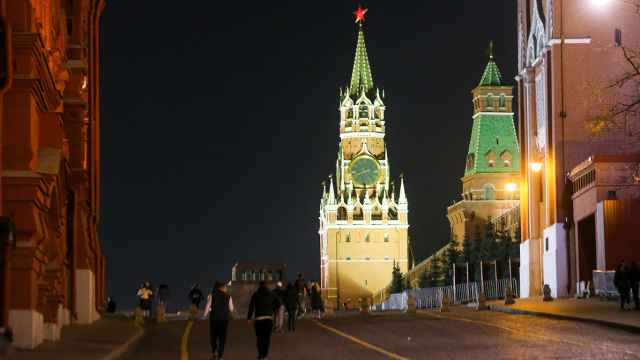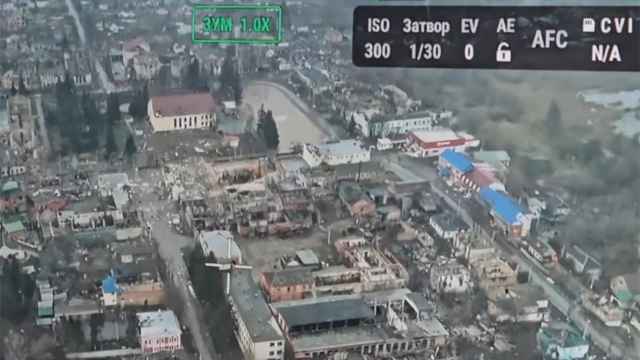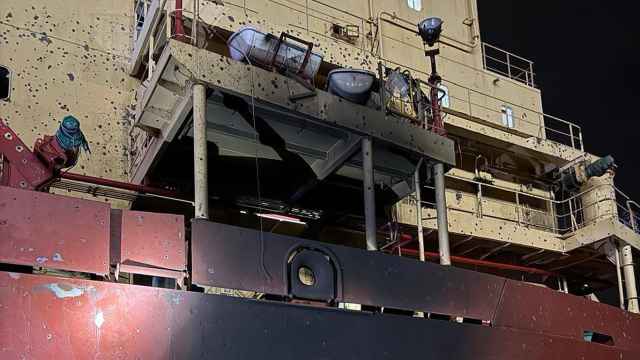Illegal and temporary migrants make up roughly 7 percent of Russia's 75 million-person work force, a larger share than in any member of the Organization for Economic Cooperation and Development, which Russia wants to join.
Russia had about 960,000 temporary workers in 2010, "higher than in any OECD country and more than double the number admitted into the United States," according to the OECD's 2012 International Migration Outlook, released Thursday.
Russia is committed to joining the Paris-based 34-nation bloc but has yet to seal the deal.
Three-fourths of Russia's temporary migrants work in just four sectors: agriculture, construction, manufacturing and trade.
Legal migrants account for about 2.5 percent of the nation's work force. The number of "unauthorized" workers could be three times as high, the report said.
One of the drivers for the large proportion of illegal migrants is labor quotas for workers from the Commonwealth of Independent States. Such workers had previously been allowed to enter Russia for three months without a visa.
In practice, the quotas have merely replaced legal migration with an increase in illegal workers.
With Russia's working-age population projected to decrease by 7 million people between 2010 and 2020, the country's dependence on migrant workers will continue to rise, the report said.
The main sources of immigration to Russia in 2010 were Kazakhstan (28,000 migrants), Ukraine (27,500) and Uzbekistan (24,000).
Earlier this year, then-Prime Minister Vladimir Putin proposed a number of measures to deal with illegal immigration, including deporting violators and prosecuting anyone who helps arrange housing for them.
Migration statistics are often akin to "alchemy" as different countries use different methods of counting migrants, said Natalya Zubarevich, regional program director at the Independent Institute of Social Policy.
Shadow illegal migration in Russia is enormous and impossible to measure, Zubarevich told The Moscow Times.
"But it's true that migrants go to the States to settle there, while most migrants coming to Russia want to earn money and travel back home," she added.
The United States' work force is about 3.5 percent illegal migrants.
In addition, the share of foreign students enrolled in degree programs in Russia was only 1.4 percent in 2010, versus an average of 6.4 percent in the OECD, the report said.
Seventy percent of Russia's foreign students come from CIS countries, especially Kazakhstan, with 27 percent. The most from outside the CIS come from China, with 10 percent, and India, with 3.5 percent.
A Message from The Moscow Times:
Dear readers,
We are facing unprecedented challenges. Russia's Prosecutor General's Office has designated The Moscow Times as an "undesirable" organization, criminalizing our work and putting our staff at risk of prosecution. This follows our earlier unjust labeling as a "foreign agent."
These actions are direct attempts to silence independent journalism in Russia. The authorities claim our work "discredits the decisions of the Russian leadership." We see things differently: we strive to provide accurate, unbiased reporting on Russia.
We, the journalists of The Moscow Times, refuse to be silenced. But to continue our work, we need your help.
Your support, no matter how small, makes a world of difference. If you can, please support us monthly starting from just $2. It's quick to set up, and every contribution makes a significant impact.
By supporting The Moscow Times, you're defending open, independent journalism in the face of repression. Thank you for standing with us.
Remind me later.





